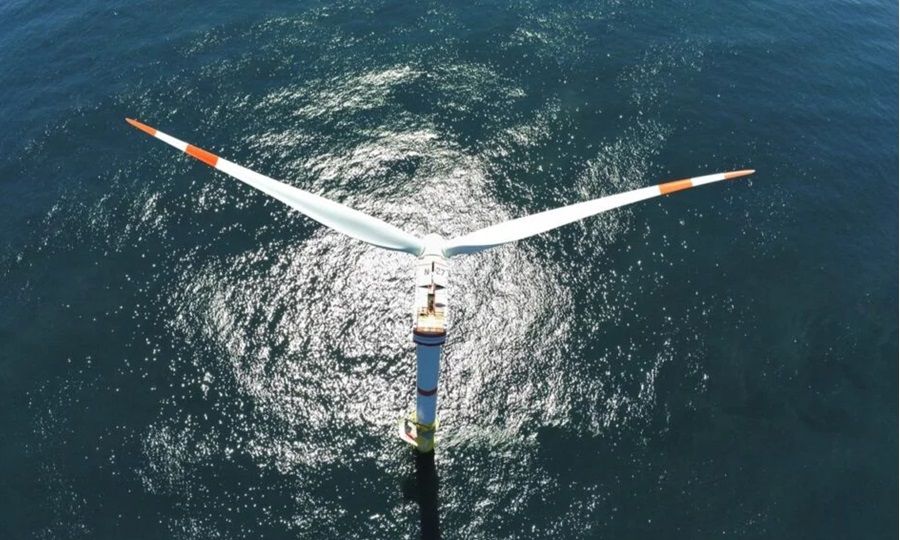Electricity blackouts are a blessing for shipping
Renewable Energy's Paradox: Shipping’s Growing Fossil Fuel Dependency

As the world pushes towards renewable energy, a surprising trend emerges in the shipping sector: an increasing reliance on fossil fuels. A recent analysis by Pierre Aury delves into the history of electricity generation, revealing a complex relationship between renewable energy adoption and shipping’s fossil fuel consumption. With projections indicating a significant rise in electricity generation, the implications for the shipping industry are both critical and counterintuitive.
The Evolution of Electricity and Its Impact on Shipping
The late 19th century marked a pivotal moment in electricity history as Thomas Edison and Nikola Tesla engaged in the infamous war of the currents. Edison advocated for direct current (DC), while Tesla supported alternating current (AC). By 1896, Buffalo became the first city globally to utilize an AC distribution grid. This victory for AC has had a neutral impact on shipping, as both AC and DC rely on fossil fuels to generate electricity through rotating machines.
Today, the global power landscape is predominantly characterized by 50 Hertz AC, with the exception of the United States, where it operates at 60 Hertz. In 2024, the world’s electricity production reached an astounding 31,256 terawatt-hours, a figure projected to double by 2050. Currently, fossil fuels account for 60% of this production, while hydropower, nuclear, and renewables contribute 14%, 9%, and 15%, respectively. The industrial sector tops the electricity consumption charts, followed by households and commercial services.
An essential component of electricity distribution is the grid, which must maintain a delicate balance. If power supply exceeds demand, frequency surges, while too little supply causes frequency drops. Power plants operate within a narrow frequency range, making them vulnerable to disconnection from the grid during fluctuations, potentially leading to blackouts. This challenge is exacerbated by the increasing reliance on renewable energy sources, which present unique issues for grid management.
Challenges of Renewable Energy Integration
Integrating renewable energy into the grid introduces three critical challenges. First, renewable sources are non-dispatchable, meaning they cannot be controlled or scheduled to meet demand. This issue is compounded by the lack of storage capacity on the grid, which persists even if DC systems were used instead of AC. As countries continue to install solar panels and wind turbines, the absence of legal requirements for corresponding storage facilities remains a significant hurdle.
The second challenge arises from the nature of inverters, which convert DC from solar panels into AC and regulate the output from wind turbines. Unlike traditional power sources, inverters lack inertia, which is crucial for maintaining grid stability. For instance, a nuclear reactor, which drives a steam turbine linked to an alternator, can stabilize frequency due to the mass of its rotating components. The more inverter-generated electricity is introduced into the grid, the more stability decreases, resembling an orchestra without a conductor.
Lastly, the majority of inverters require a stable grid frequency to function properly. As renewable energy generation increases, the reliance on fossil fuel-powered plants may paradoxically rise to ensure grid stability. This presents a curious scenario where the push for cleaner electricity could inadvertently lead to greater fossil fuel dependence in the shipping industry, unless a shift from AC to DC for grid supply occurs.
